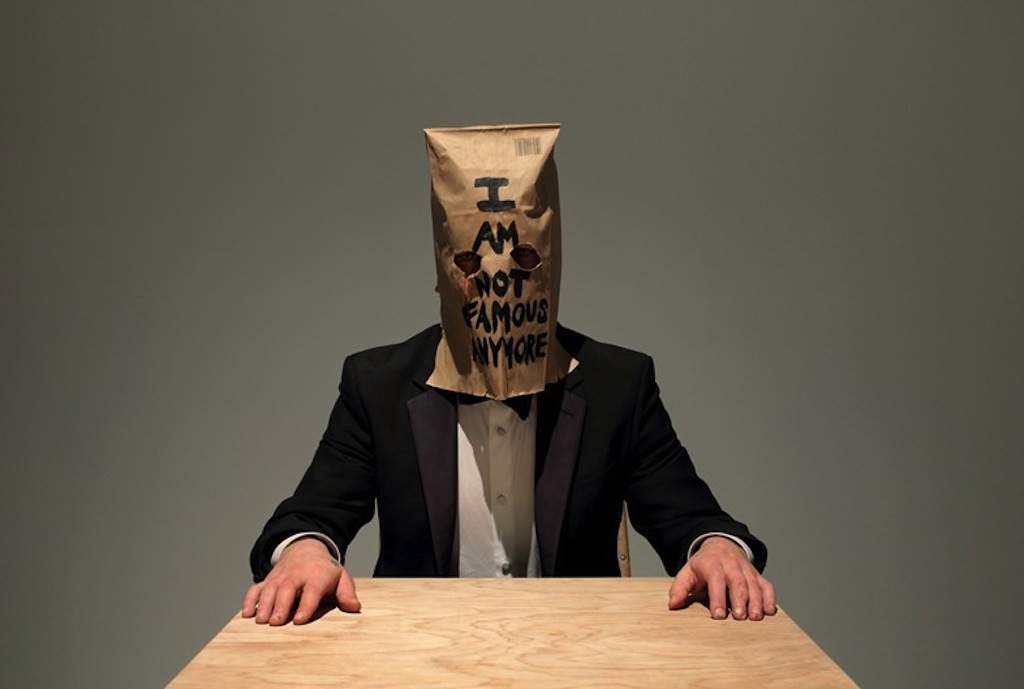Shia LaBeouf’s Performance Art Explained
Shia's artistic collaborators shed some light on the whole weird shabang.
If you've been perplexed, provoked or just plain pissed off by Shia LaBeouf's antics, you can now gain some insights. In an exclusive interview with Dazed, artists Luke Turner and Nastja Rönkkö open up about collaborating with the Nymphomaniac star on #IAMSORRY.
"At its core, the most fascinating part of the performance was whether people would see Shia as a person, flesh and bones and soul, or as an object, a celebrity," says Nastja. "I also find it quite revealing that whereas in the past everyone wanted to become celebrities, today everyone wants to be an artist. For me, this opens up questions of whether our value systems are moving towards something more meaningful."
Shia copped quite a bit of flak last year when Daniel Clowes fans made plagiarism accusations. As far they were concerned, LaBoeuf's new film Howard Cantour.com (2012) was far too close to Clowes' comic Justin M. Damiano (2007) for comfort. Previously, in an inflamed letter to Alec Baldwin, he'd passed off several paragraphs written by Tom Chiarella as his own.
As if that wasn't attention enough — or perhaps because he sought to shift the focal point of the public eye — he turned up to the Berlin Film Festival wearing a paper bag bearing the statement, 'I am not famous anymore', quoted Eric Cantona at the Nymphomaniac press conference, and vanished. Some people were sympathetic; others expressed outrage. Either way, the stunt swamped arts headlines all over the globe.
Then, like any good Matthew Arnold scholar, he sought refuge in art. For six days, a Los Angeles gallery hosted Shia's performance #IAMSORRY, which involved the either beleaguered or exceptionally publicity-hungry actor donning a tuxedo and paper bag and crying in public. Visitors reacted by losing their temper, taking selfies or offering congratulations. It was a multiplatform project that also played out on Shia's Twitter, in skywriting and a university seminar in which he read Guy Debord to students.
In Nastja's view, Shia "made a genuine mistake during the process of trying to find his directorial feet" and has "undoubtedly regretted it deeply ever since". The actor approached the pair while the plagiarism controversy was going on. "Right from our very first meeting, I had been convinced of his commitment to his art and the trueness of his aim," Luke says.
The artists both indicate that they intend to keep working with Shia, so expect to feel that vague annoyance towards him for some time yet.
Read more about the history of Shia's new art form in our feature on ten crazy things done in the name of performance art.





